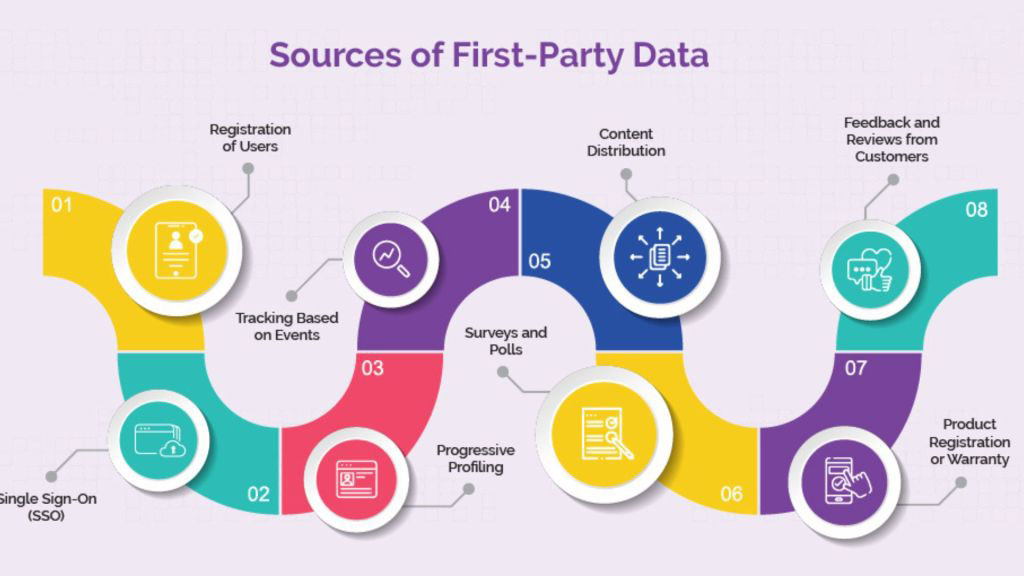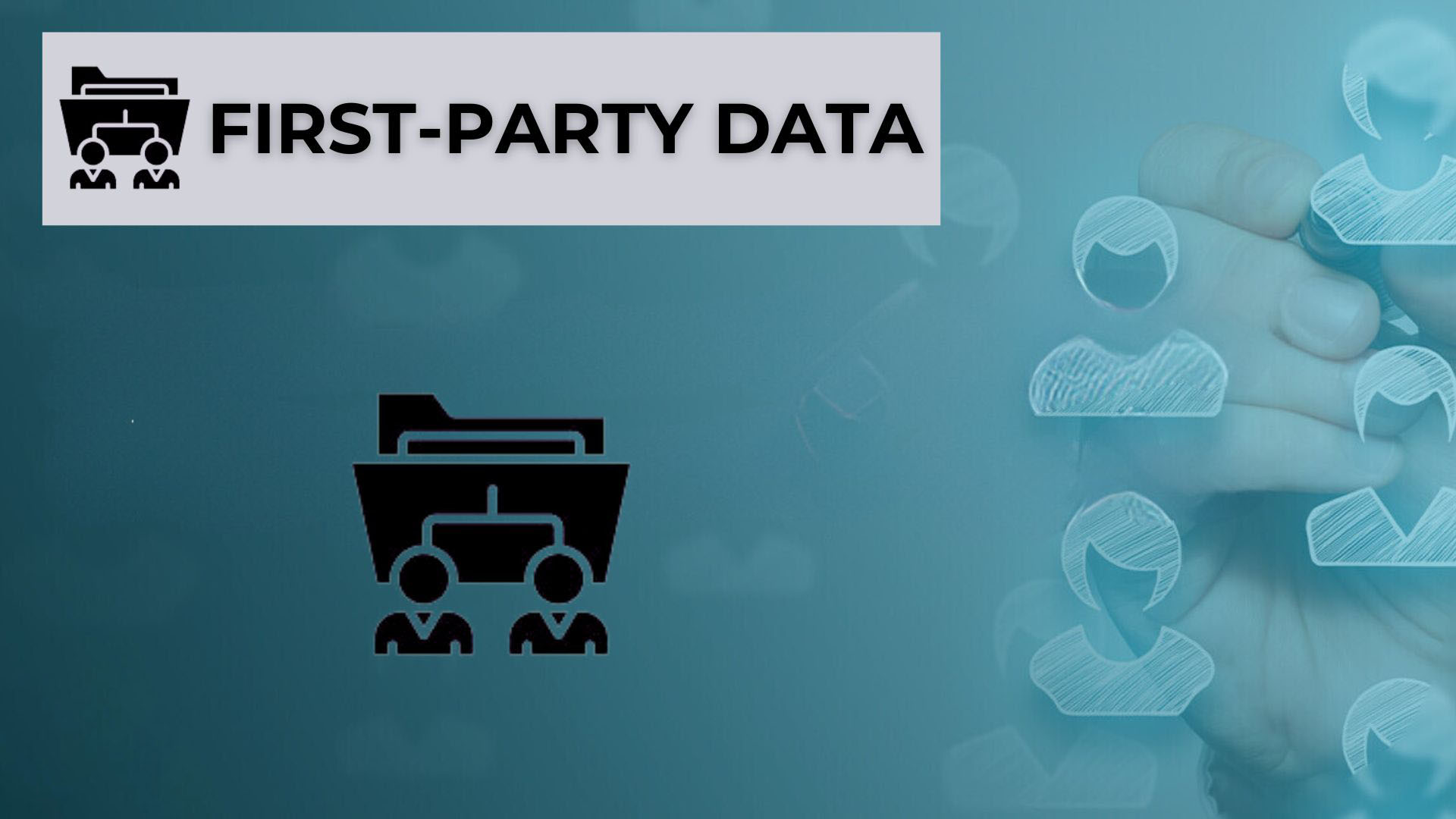Imagine navigating a maze blindfolded. You bump into walls, turn wrong, and struggle to find the exit. Now imagine having a map – suddenly, the labyrinth becomes apparent, and you can efficiently reach your destination. This is the power of first-party data in the digital marketing world . First-party data is the gold mine of information you collect directly from your customers. It’s like having a map that reveals their preferences, behaviors, and interests. However, more than just having the data is needed. It would help if you analyzed it effectively to unlock its true potential. The finest approaches for analyzing first-party data and turning it from unprocessed data into valuable insights that spur company expansion are outlined in this post.
Understanding First-Party Data Analysis
Before diving into best practices, let’s clearly understand first-party data analysis. It’s collecting, organizing, and interpreting data you gather directly from your customers through various channels. This can include:
- Website behavior: Track how visitors navigate your website, what pages they view, and how long they stay engaged. You can learn much about user activity from Google Analytics and comparable technologies.
- Customer interactions: Analyze email opens, click-through rates, and responses to surveys and feedback forms. This reveals customer preferences and areas for improvement.
- Social media engagement: Track follower demographics , likes, comments, and shares on your social media platforms. This helps you understand your audience and tailor your content accordingly.
- Purchase history: Analyze customer purchase history, including products bought, frequency of purchases, and average order value. This data helps personalize future marketing campaigns and product recommendations.
Best Practices for Analyzing First-Party Data
Now that you understand the scope of first-party data analysis let’s explore some best practices for extracting maximum value:
1. Define Clear Goals
What do you want to achieve with your data analysis? Is it to improve customer retention, personalize marketing campaigns, or develop new products? Having clear goals helps you focus your study and identify the most relevant data points.

2. Choose the Right Tools
Various data analytics tools are available, from free platforms like Google Analytics to more sophisticated paid solutions. Choose a tool that aligns with your data volume, budget, and technical expertise. Remember, the most expensive tool is sometimes the best; it should cater to your needs.
3. Clean and Organize Your Data
Data can be messy and inconsistent. Before analysis, ensure your data is clean and organized. This involves removing duplicates, correcting errors, and standardizing formats. Clean data provides accurate and reliable insights.
4. Segment Your Data
Treat only a portion of your clientele as a single entity. Sort your data according to interests, past purchases, demographics, and website usage. This enables you to design customized experiences and marketing efforts targeted explicitly at various client categories.
5. Use Visualization Tools
One way to make complicated data sets more understandable is to use data visualization tools like charts, graphs, and dashboards . These tools help identify trends, patterns, and outliers that might go unnoticed in raw data sheets. Tools like Tableau, Power BI, and Google Data Studio offer user-friendly visualization options.
6. Look Beyond the Averages
While averages provide a general overview, they can mask essential details. Analyze data distribution to understand variations within your customer base. For example, focusing on the median purchase value can be more insightful than just looking at the average.
7. Focus on Actionable Insights
The goal is to avoid becoming mired in the data and glean actionable insights to enhance your marketing strategies. Use your findings to personalize content, optimize campaigns, improve customer service , and drive business growth.
8. Track and Measure Results
Track and measure the results once you implement changes based on your data analysis. This helps you understand the effectiveness of your strategies and identify areas for further optimization.

9. Ensure Data Privacy and Security
Data privacy is paramount. Clients should always be given explicit consent before their data is gathered and used. Strong security measures should be put in place to safeguard private data. Transparency about data usage builds trust with customers.
10. Embrace Continuous Improvement
Data analysis is an ongoing process. Your analysis strategies must adapt as you collect more data and customer behavior evolves. Refine your strategy often to stay on top of the game.
Overcoming Challenges in First-Party Data Analysis
Every process has its hurdles, and first-party data analysis is no exception. Here, we’ll discuss some common challenges you might face and strategies to overcome them:
- Data Silos: Data may be scattered across various platforms like CRMs, website analytics, and social media. This makes it difficult to get a holistic view of your customer. Solution: Implement a Customer Data Platform (CDP) to consolidate data from different sources into a unified profile.
- Limited Data Expertise: Analyzing complex data sets might require specialized skills. Solution: Consider outsourcing data analysis to a marketing agency or training your team on data analytics tools.
- Privacy Regulations: Navigating data privacy regulations like GDPR and CCPA can be complex. Solution: Stay updated on rules and ensure your data collection practices comply.
The Future of First-Party Data Analysis
The digital marketing environment and methods for analyzing first-party data are dynamic and ever-changing. Here is a little peek at what lies ahead:
- Artificial Intelligence (AI) and Machine Learning (ML): Machine learning and artificial intelligence will significantly simplify data processing, reveal previously unseen patterns, and produce more accurate forecasts.
- Real-Time Personalization: Expect advancements in real-time customer behavior analysis, allowing for hyper-personalized experiences across all touchpoints.

- Focus on Customer Lifetime Value (CLTV): Data analysis will move beyond immediate conversions towards understanding customer lifetime value and building long-term relationships.
Following these best practices allows you to analyze your first-party data effectively and transform it into a decisive competitive advantage. Remember, first-party data is a valuable asset—use it wisely to unlock customer insights, personalize experiences, and achieve your marketing goals.
Ready to explore the power of first-party data and take your marketing to the next level? OCH has emerged as a leading digital marketing agency, assisting businesses in maximizing the value of first-party data.
 SCAM ALERT: Fraudsters are impersonating OCH on WhatsApp.
Stay alert and do not engage.
SCAM ALERT: Fraudsters are impersonating OCH on WhatsApp.
Stay alert and do not engage.



